Head-to-Head: Samsung Galaxy Tab 2 vs. Apple iPad Mini
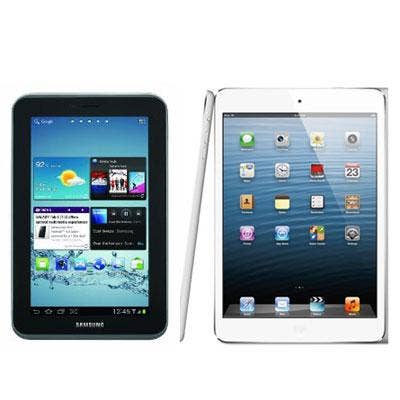
Tablet Minutia
So far, it has been a pretty safe bet that Apple would dominate any market it entered with devices that run primarily on batteries. But until last week's launch of the iPad mini, it had competed only in the full-sized tablet market, a market that Apple itself created in 2010. But with lots of other high-profile, high-power devices to share shelf space with, including Google's quad-core Nexus 7, Amazon's sleek Kindle Fire HD and the 7-inch Galaxy Tab 2 from archrival Samsung, Apple's journey into mini land is far from certain (although 3 million sold in its first weekend ain't too shabby).
Here's a look at how the iPad mini stacks up with the 7-inch edition of Samsung's Galaxy Tab 2.
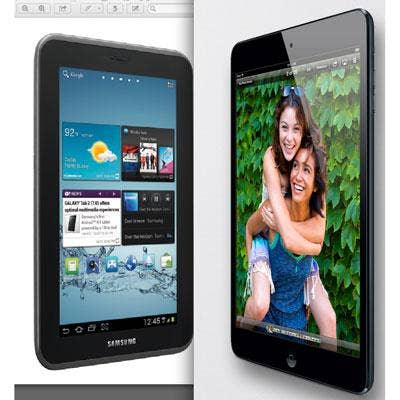
Ins And Outs
Apple is notoriously stingy with ports on its mobile devices, and the iPad mini follows that model. Aside from the headphone jack, there's only the Lightning port, Apple's all digital, multipurpose connector introduced with the iPhone 5. This durable, reversible connector includes eight signaling channels and eliminates worries (and damage) from cable orientation mistakes. Though technically superior, the change will confound people that wanted to reuse accessories from earlier-generation devices.
Samsung too equips the Galaxy Tab 2 7.0 with a proprietary connector that can be used for connecting port replicators, external monitors and numerous other accessories. Samsung has added an SD card slot, greatly simplifying the movement of files to and from the tablet, and expanded its storage capacity by 32 GB. The Galaxy Tabs also is equipped with an infrared emitter, enabling it to remotely control televisions, cable set-top boxes, DVD/Blu-ray players and other home entertainment devices.
ADVANTAGE: Samsung
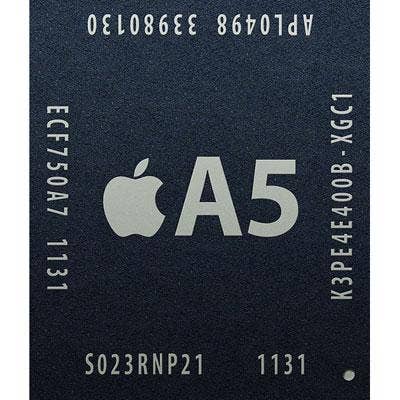
Processors And Memory
Apple has the edge over Samsung in terms of available memory configurations. The iPad mini comes in 16-, 32- and 64-GB editions while Galaxy offers 8-, 16- and 32-GB editions, but it can achieve 64 GB by adding a 32-GB SD card to the high-end unit. As for processors, the iPad is built around Apple's venerable A5, a custom SoC with two ARM Cortex-A9 cores running at 1.0GHz with a NEON SIMD instruction accelerator and a pair of PowerVR GPU cores. That's the same one found in the iPad 2. The Galaxy Tab 2 sports an OMAP 4430 SoC from TI running at 1.0GHz with two ARM Cortex-A9 cores and two Cortex-M3 cores with SIMD accelerator plus a PowerVR 3D graphics accelerator.
ADVANTAGE: Samsung
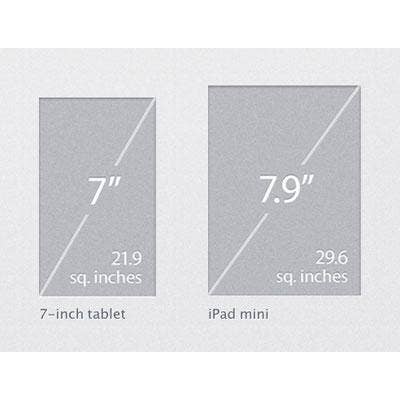
Display
Apple's little iPad's display is anything but. At 7.9 inches measured diagonally, its beautiful screen is really closer to 8 inches. It has an LED-backlit IPS panel, an enormous range of colors and a super-wide viewing angle. Apple's multitouch display pumps out 1,024-x-768 resolution (163 ppi) and is coated with an oleophobic substance to resist fingerprints. In essence, it repels fatty deposits.
Samsung's Galaxy Tab 2 uses a PLS panel, the company's own Plane Line Switching (PLS) technology it claims can display 100 percent of colors in the sRGB color-space specification and offers viewing angles on par with IPS. It's also about 10 percent brighter than comparable panels, offers better image quality and costs less to manufacture than IPS, according to Samsung. Its resolution is 1,024 x 600, which sounds like fewer pixels than the iPad mini, but due to its smaller screen size, it's roughly on par with 170 ppi. Surprisingly, Apple's 0.9-inch display size gives it about 35 percent more screen real estate than Samsung's.
ADVANTAGE: Apple
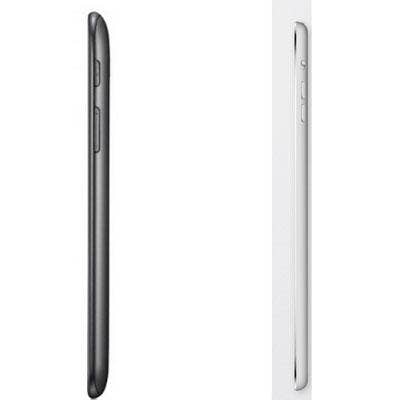
Construction, Dimensions
With the iPad mini, Apple continues the aluminum unibody construction idea introduced with new 13- and 15-inch MacBook models in 2008. Unibody gives MacBooks and the iPad mini a solid, sturdy feel and simplifies servicing. The Galaxy Tab 2 is encased within a solid metal jacket, but its glass is surrounded by a thin plastic frame. Both devices are comfortable to hold in one or two hands, and we'd venture to guess that either would likely break if dropped from a height of a few feet onto a hard surface.
As for height and width, the two are nearly identical. The iPad mini measures 7.9 inches high by 5.3 inches wide, and the Galaxy Tab 2 occupies a 7.6-by-4.8-inch footprint. But for thickness, Apple at 0.289 inches wins by more than an eighth of an inch compared with Samsung's 0.41 inches. And despite 35 percent more glass, Apple weighs in at 0.68 lbs. compared with Samsung's 0.76 lbs.
ADVANTAGE: Apple
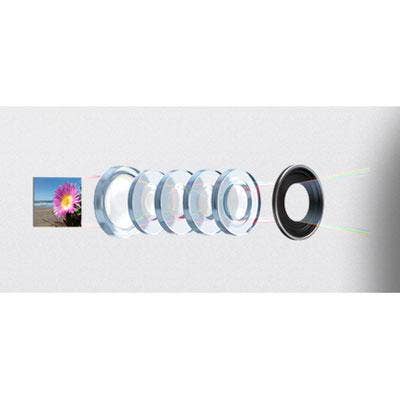
Cameras
Apple has clearly learned the lessons of the past and now includes not just one but two good cameras with every iPad. The 5MP rear camera contains a 2.4f aperture and five-element autofocus lens, and it can capture 1,080p video with image stabilization and backside illumination. The 1.2MP front camera captures 720p video and offers photo and video geotagging. Samsung's device also has two cameras, but neither is particularly good. The better of the two, the 3MP rear camera, is rated to capture 720p video at 30fps.
ADVANTAGE: Apple
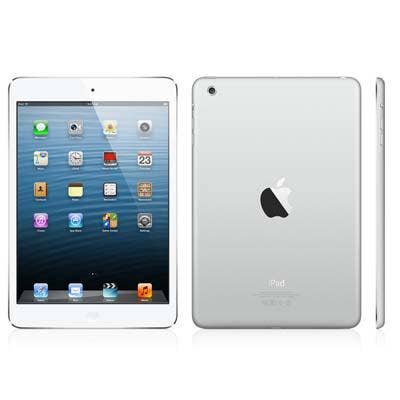
Carriers And Pricing
As with other Apple devices, the iPad mini is available with Wi-Fi plus choice radios for AT&T, Sprint or Verizon starting at $459 for 16 GB. There's also a Wi-Fi only model starting at $329. Although the plan is to add cellular capabilities down the road, the Galaxy Tab 2 is currently available only with Wi-Fi. Pricing starts at $199 with 8 GB. The Samsung device runs Android 4.0 Ice Cream Sandwich with Samsung's terrific TouchWiz overlay. The company is reportedly close to releasing 4.1 Jelly Bean. The iPad mini runs iOS 6.
ADVANTAGE: Apple